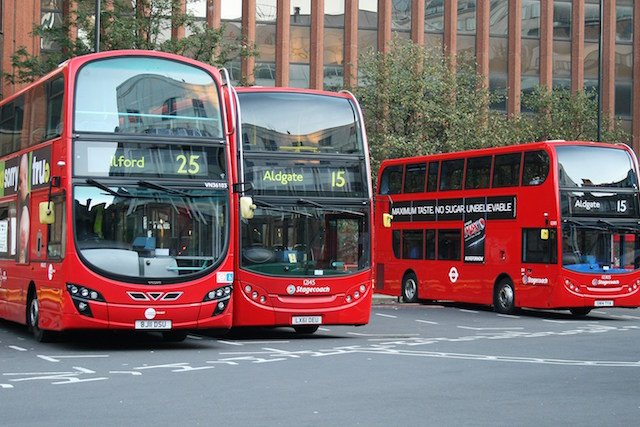Studies have actually proved that buses that run at short intervals often cluster in threes. The theory goes that when there’s been a delay, the first bus picks up all the waiting passengers: those who have been waiting for some time and those who have only been there a few minutes and had planned to get a slightly later bus.
This brings about further delays, because – as we all know – more congested vehicles take longer to load and unload. So the first bus often gets caught in a vicious circle of delay and overcrowding.
The simple solution is to get on the second bus. It’s likely to be less crowded, and to arrive at its destination first. This is because bus operators often instruct the second bus to overtake the first, in order to minimise delays.
The risk in opting for the second bus is that the buses may have already changed order. Look to see if the road before your stop has multiple lanes, which could have allowed the second bus to overtake. And check to see if there are plenty of seats on the first bus – if there are, then jump on that one.
An what about the third bus? This should be avoided wherever possible, because two things, which could cause more problems, are likely to happen. It could be instructed to get in front of the first two buses by skipping a stop – which could be yours.
It could also be ordered to terminate before the advertised destination, so that it can return earlier and prevent the delays that the first bus could carry forward into the journey in the opposite direction, by replacing it.
![]() Funnily enough, people who travel by train on a regular basis will probably find that the same theories of transport capacity also apply to commuter trains. So, when you’ve got to choose between a three buses, our advice is to target the second, consider the first and ignore the third.
Funnily enough, people who travel by train on a regular basis will probably find that the same theories of transport capacity also apply to commuter trains. So, when you’ve got to choose between a three buses, our advice is to target the second, consider the first and ignore the third.
